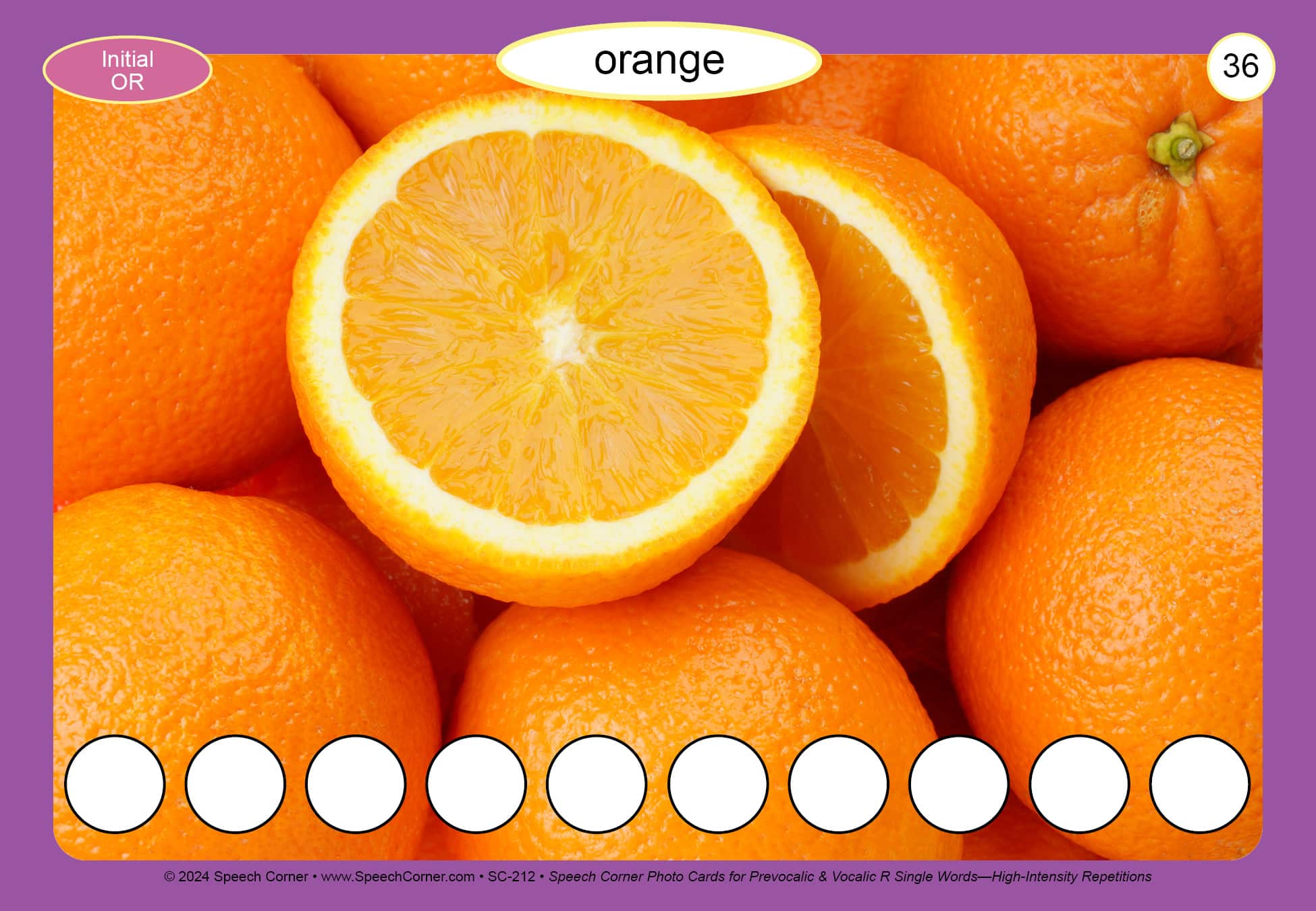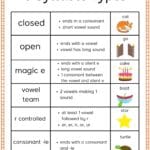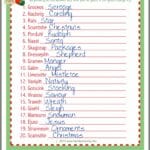This comprehensive guide provides proven techniques and practical exercises to help you conquer the vocalic R and achieve clear, confident speech. Whether you’re a parent, a speech therapist, or simply someone looking to improve your pronunciation, this resource offers a wealth of information, actionable strategies, and free tools to empower your journey toward vocalic R mastery.
Understanding the Vocalic R
What exactly is a vocalic R? Also known as r-controlled or r-colored vowels, these sounds occur when a vowel is followed by the letter “r,” creating a unique blend. The “r” influences the preceding vowel, modifying its pronunciation. Think of words like “car,” “bird,” “girl,” “for,” and “burn.” Notice how the vowel and the “r” meld together? This blending is a hallmark of the vocalic R, a subset of the /r/ phoneme. It’s this special relationship between the vowel and the “r” that can make it tricky to pronounce.
Why Mastering Vocalic R Matters
Clear communication is essential in every aspect of life, from professional presentations to casual conversations. Mastering the vocalic R isn’t just about perfect pronunciation; it’s about ensuring your message is understood clearly and confidently. It significantly impacts your overall intelligibility. Even subtle pronunciation errors can lead to misunderstandings, so taking the time to refine your vocalic R can make a world of difference.
Effective Speech Therapy Techniques
Speech therapists use proven techniques and personalized exercises to help individuals improve their vocalic R pronunciation. Think of it like a personal trainer guiding you toward perfect form. These techniques may include:
- Targeted Cues and Prompts: Specific instructions and feedback on tongue placement, airflow, and lip movement.
- Practical Exercises: Activities designed to isolate and practice the vocalic R in various contexts, from individual sounds to words, phrases, and sentences. For example, practicing the “ar” sound in isolation, then blending it into words like “car” and “star.”
Speech therapists also utilize a variety of resources, including visual aids and interactive tools, to make learning fun and effective. They might use mirrors to help you see your tongue movement or fun games to practice different sounds.
Practical Exercises and Resources
Just like learning any new skill, practice is paramount. Luckily, a wealth of resources are available to assist you on your vocalic R journey:
Word Lists – Your Training Ground
Word lists are an excellent starting point. They provide a focused set of words to practice, categorized by the different vocalic R combinations: AR (car, far), ER (her, bird), IR (girl, stir), OR (for, more), and UR (burn, turn). Practicing these words repeatedly helps build muscle memory and strengthens your control over the sounds.
Phrases and Sentences – Putting it All Together
Once you’ve mastered individual words, progress to phrases and sentences. This helps integrate the vocalic R into more natural speech patterns. Examples include: “The car is parked far away,” “The bird stirred in the fir tree,” or “The girl swirls her skirt.”
Reading Passages – Building Fluency
For more advanced practice, try reading passages aloud that are rich in vocalic R words. This reinforces the sounds in longer stretches of speech, developing fluency and a more natural flow. You can find numerous reading passages online specifically designed for vocalic R practice, or adapt existing texts.
Games and Activities – Making it Fun
Learning should be enjoyable! Games and activities can make practicing vocalic R less of a chore, especially for children. Interactive apps, word puzzles, and even singing songs with vocalic R words can make the learning process more engaging and motivating.
Free Printable Worksheets – Structured Practice
Printable worksheets offer structured exercises and help track progress. These worksheets typically include activities like matching words, filling in missing sounds, and identifying vocalic R within sentences. Many free resources are available online, providing a valuable supplement to other practice methods.
Home Speech Therapy Guidance – Empowering Parents
For parents and caregivers, providing speech therapy at home can be incredibly beneficial. Resources like Forbrain, a bone conduction headset that provides auditory feedback, can enhance home practice sessions. Combining professional guidance with consistent home practice can accelerate progress significantly.
Delving Deeper into Vocalic R
While the basics are important, understanding the nuances of vocalic R can deepen your understanding and empower you to troubleshoot any challenges you might face.
Navigating Regional Variations
Just as accents vary, so can the pronunciation of vocalic R. Some experts suggest that exposure to different regional variations can enhance your overall comprehension and adaptability to different speakers. This awareness can be especially helpful if you frequently interact with people from diverse linguistic backgrounds.
Troubleshooting Challenges and Finding Solutions
Everyone learns at their own pace. Encountering difficulties along the way is perfectly normal. Understanding common challenges—like inconsistency, difficulty transitioning between sounds, or specific vowel-R combinations that pose more difficulty—can help you target your practice effectively. Seeking guidance from a speech therapist can provide personalized strategies to overcome these hurdles.
Visual Learning with Video Tutorials
Visual aids are powerful learning tools. Video tutorials demonstrating correct articulation offer a clear visual representation of how the tongue and mouth should move. Observing these movements can be more effective than written or verbal instructions alone. Many free resources are available online.
Expert Insights: Tapping into Professional Knowledge
Speech therapists and other experts provide invaluable insights into the intricacies of vocalic R. Their experience and research can deepen your understanding and guide you toward the most effective strategies. Many therapists offer free resources, articles, and tips on their websites or through online platforms.
The Science of Vocalic R: Anatomy and Phonetics
Understanding the underlying anatomy and phonetics of vocalic R can provide a deeper appreciation for the complexities of this sound. It involves a specific tongue shape and airflow that can be challenging to master. Current research in phonetics continues to explore these subtleties, and new discoveries may further refine our understanding of how these sounds are produced and perceived.
Resources and Tools for Vocalic R Practice
Numerous online and offline resources can support your vocalic R practice:
- Websites: Many speech therapy websites offer free word lists, exercises, and articles.
- Apps: Interactive apps can make practice fun and engaging, especially for children.
- Products: Tools like Forbrain can enhance auditory feedback and improve pronunciation.
Violin fingering chart (This link seems out of context, consider removing or replacing with a more relevant resource)
Vocalic R vs. Non-Vocalic R
Vocalic R is a specific type of postvocalic R. Postvocalic simply means “after a vowel.” However, not all postvocalic Rs are vocalic. Non-vocalic Rs, also known as consonantal Rs, maintain their distinct consonant sound without blending with the vowel. Examples include the “r” in “red,” “try,” and “bring.” The tongue moves independently for the “r” sound, unlike the blended movement in vocalic R.
Vocalic R vs. Postvocalic R
As mentioned, all vocalic Rs are postvocalic (occurring after a vowel), but not all postvocalic Rs are vocalic. The distinction lies in the blending:
- Vocalic R: Blended with the vowel, creating a single, modified vowel sound (e.g., “car”).
- Post-Vocalic R: Can be either vocalic (blended) or consonantal (distinct).
Why is Vocalic R so Hard?
The difficulty of vocalic R stems from several factors:
- Complex Articulation: It requires a specific tongue shape and position that can be challenging to achieve and maintain.
- Precise Timing: The tongue must glide into the /r/ position during the vowel sound, requiring precise timing and coordination.
- Muscle Control: Producing consistent vocalic Rs requires a high degree of control over the tongue, lips, and jaw.
- Vowel Influence: The preceding vowel affects the articulation of the /r/, adding another layer of complexity.
Don’t be discouraged! With consistent practice and the right resources, you can master the vocalic R and unlock clear, confident communication. This guide provides a comprehensive toolkit to empower your journey and connect you with the resources you need.
- Senior at What Age: Benefits & Eligibility Guide - March 29, 2025
- Unlocking Senior Benefits: How Old is a Senior? Your Complete Guide - March 29, 2025
- Master Russian Politeness:A Guide to Saying Please - March 29, 2025
















